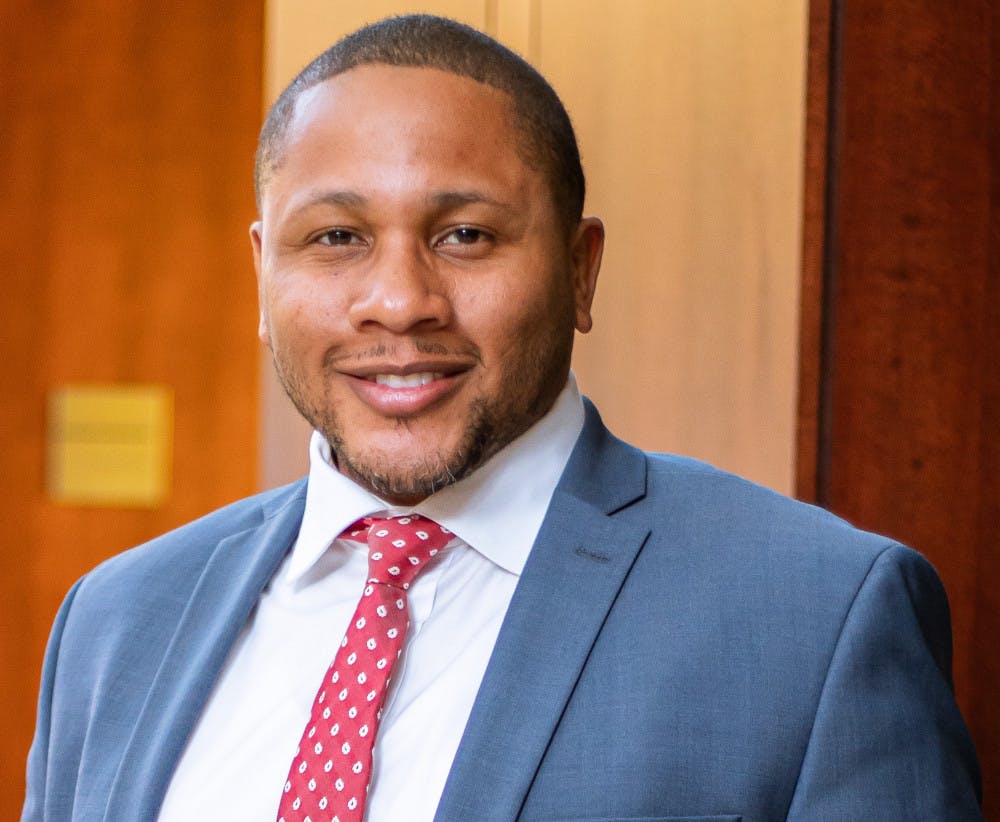Ryan J. Davis joined the University’s Office of Institutional Equity and Diversity in a newly-created position as associate vice president for institutional equity and diversity Jan. 13.
Davis’ new role at the University expands upon the previous responsibilities of the director of University inclusion programs, which is no longer listed as a staff position. Former Director of University Inclusion Programs Lynn Hernández left the University in August to pursue a position at the City University of New York School of Medicine as assistant dean for diversity and inclusion, wrote Vice President for Institutional Equity and Diversity Shontay Delalue in an email to The Herald.
Davis “will bring his extensive knowledge of diversity and inclusion practices in higher education, his skills in conducting assessments, as well as a fresh set of eyes to assist OIED and Brown,” Delalue wrote.
In his new position at the University, Davis hopes to uphold transparency by analyzing data from the recent campus climate survey and soliciting student feedback on the survey through town hall forums. Additionally, Davis plans to help host discussions about Phase II of the Pathways to Diversity and Inclusion Action Plan prior to its formal release later this spring.
Institutional diversity and inclusion work “operates best when it is … mission-driven, evidence-based, adaptable, scalable and collaborative,” Davis said, explaining his goals for his new role as associate vice president.
In 2010, Davis began his career in diversity and inclusion at the Gates Millennium Scholars Program — a scholarship and support program for minority students. During his time at the program, Davis collaborated with campus officials to support recipients and maintain a graduation rate of around 92 percent, he said.
After over three years with the Gates Millennium Scholars Program, Davis took a position as director of assessment and educational programs at Purdue University. In this role, Davis’ responsibilities included training academic departments, colleagues and administrative units on diversity and inclusion, he said.
Davis said that from his last two positions, he learned a lot about “the practical importance of institutional diversity and inclusion,” which he plans to implement in his work at Brown.
Davis’ past experience also includes teaching or co-teaching “undergraduate and graduate education courses” and leading “diversity and inclusion trainings and workshops for organizational leaders at leading universities and Fortune 100 companies,” according to a University press release.
Although Davis has almost six years of experience in higher education at Purdue, the University’s diversity and inclusion efforts differ from Purdue’s in organizational structure, accountability and transparency.
Structurally, Purdue’s Office of the Provost leads diversity and inclusion efforts, centering the work around academic life, Davis said. But at the University, this work occurs directly through the President’s leadership. “This distinction is important because it enables more organic partnership lines across the entire cabinet, so every administrative and academic contour of the University administration is thinking and working with us,” Davis said.
The University is also particularly strong in accountability structures, partly due to its “breadth of boards, councils and committees,” Davis said. He also praised the University for its transparency, noting that the University publishes demographic data on the OIED’s diversity dashboard. Departments also share their Departmental DIAPs with other academic and administrative units.
Davis called the University a “national frontrunner” in equity and diversity among colleges that are a part of the Association of American Universities, citing the University’s “comprehensive engagement” with departments, leadership from President Christina Paxson P’19 and an increase in faculty and graduate students from historically underrepresented groups. He also lauded former President Ruth Simmons’ efforts to acknowledge the University’s connection to the Atlantic slave trade. “These efforts really set a precedent for many institutions to follow suit,” Davis said.





